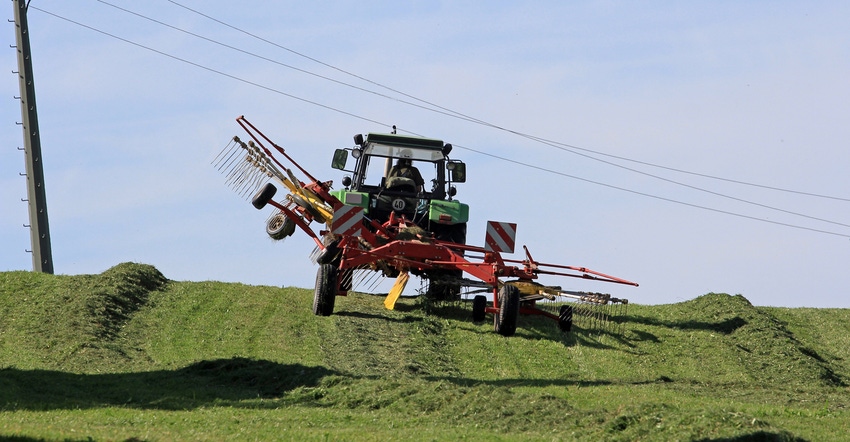May 11, 2018

Like in most of the country, planting is getting under way in Kansas, and already there have been several incidents involving large equipment hitting power poles and bringing down power lines.
The Energy Education Council's Safe Electricity program reminds farmers that their larger, taller equipment and antennas need to be kept away from poles to avoid the accidental contact with power lines.
"Bring an alert and focused mind to the field each day so that you can avoid potential danger," says Bob Aherin, University of Illinois Extension ag safety specialist. "Plan your routes with attention to potential electrical hazards and make sure everyone knows to keep equipment and extensions at least 10 feet from power lines. Always lower extensions to the lowest setting when moving loads."
Before transporting equipment or beginning work in a field, take time to note the location of power lines and electrical equipment. Before getting out of the cab, look up and double check the area around your machinery to make sure it is not in contact with overhead lines. Always be aware of how close tractors, loaders, antennas, extended arms, and other equipment are to electrical lines.
Even if using an auto-guidance system, stay focused on the location of the tractor and its equipment while in the field, and be ready to take action yourself if necessary. Do not simply rely on the estimations of a GPS system, and use a spotter to alert you when moving tall loads near lines. A spotter can see sagging wires that may not be visible on a GPS and provide additional verification that you can pass safely.
"If a power line is sagging, contact your utility," Aherin adds. "Never attempt to raise or move it out of the way yourself for clearance."
Your machinery does not have to touch electrical lines for contact with electricity to occur, so keep at least 10 feet of space in all directions — above, below and to the sides — between machinery and overhead lines. Assume that all lines are energized, whether they are suspended or on the ground. If you come across a downed pole or wire, never attempt to move it yourself.
If your equipment does make contact with a power line, do not leave the cab. Immediately call 911 to have the utility notified. Warn others to stay away, and wait for the utility crew to cut the power. Never try to disentangle equipment on your own.
The only reason to exit equipment is if the equipment catches on fire, which is very rare. If this is the case, jump off the equipment with your feet together and without touching the ground and vehicle at the same time. Then, still keeping your feet together, hop to safety as you leave the area. It is always best to stay on the equipment if at all possible and wait until the utility gives the all clear that it's safe to get down.
For more information on farm electrical safety, visit safeelectricity.org.
Source: Energy Education Council
You May Also Like




